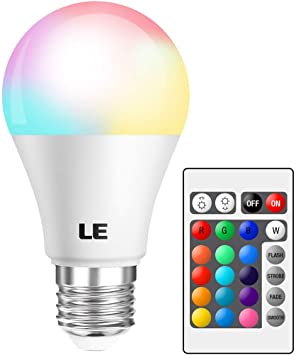And here we are again to gradually unroll this twisted word dictionary that gives us the photographic world, today we will see bulb mode, which will pass (perhaps) from a complete unknown to an excellent travel companion. to know why it’s called Bulb and not something else, the truth is, I don’t know. I have no idea!But I know what it works for and how to use it, so if you’re interested, forget about its name for now and see how it works and why you can use it :-).
To explain Bulb mode, let’s start at the beginning, does something called shutter speed sound familiar?Shutter speed is nothing more than the speed at which your camera’s shutter opens and closes, or what’s the same, the time your sensor is in contact with the light coming through the lens.
- We have faster and slower speeds.
- The slower the speed.
- The longer the shutter stays open and therefore the more light enters.
- On the other hand.
- The faster the speed at which we work.
- The less open it remains open (the shutter opens and closes quickly).
- Leaving less light through the shutter.
If you like to play with your camera, which is highly recommended if you want to know it in depth, you may have noticed that when you move at low speed, there comes a time when the letter B appears on the camera (usually when they reach beyond 30 seconds). The camera seems to tell you something like you want more, get it yourself, can’t I offer you any more?And that’s more or less. Bulb mode is a way to manually control slow speeds (where the shutter stays open for longer). Where the camera offers no more or where the schedules it offers do not convince you, Bulb mode comes into play.
Basically, as we just discussed, Bulb mode allows you to open and close the shutter manually, letting the light pass as long as you indicate, this can work in two ways:
I daresay the most abundant mode is the first, but you’ll have to take the test or take a look at your instructions.
As we have already anticipated, the Bulb mode allows manual speed control. I suppose you have noticed that when the sensor of your camera has a lot of ambient light the shutter opens and closes very quickly and on the other hand when it has low ambient light it opens and closes very quickly. closes more slowly. If you were using a tripod, no problem, otherwise you will surely end up with a shaky or shaky picture. If you have just landed in the photographic world and you still have not realized it, do the test, even if it is automatic, take the camera and go out to the street or to the balcony or a fully illuminated corner of your house, see how fast it is the sound of the shutter. On the other hand, if you run the same test in a dark environment, you will find that the shutter takes much longer to close. This is because it tries to compensate for the lack of light by keeping the shutter open longer. And that’s what Bulb mode is. From these types of images where you want or need to work with a good margin of time because you do not have enough light, or because you want to capture movement for a long period of time, or where you only need to precisely control when the shutter opens and closes.
And this usually results in a long-exposure photograph, which is one in which the shutter stays open longer than ”usual”. You must have seen a lot of fascinating images made with a long exhibition. Maybe so far you didn’t know how, well, it’s time to photograph stars where you haven’t seen anything before, turn night into day, write with light, catch lightning or turn water into silk. Are you staying??
Yes, how you hear it. These are not times when you want extremely long exposures, as you may need to photograph a night sky, but you should precisely control the opening and closing of the shutter. The results of both images depend on luck, patience and stubbornness, especially that. of lightning, which is less common because of its difficulty and risk. On the other hand, with fireworks, will you find yourself more than once and twice, and usually give us very photogenic images?
Well, that’s it. Easy, isn’t it? Another way to master all aspects of a plan, just put it into practice, that’s what this blog talks about, practice photography and above all enjoy it and not lose the desire to learn?Oh, and if you found it useful, don’t hesitate to share it on Facebook, Twitter or Google. Thank you, and next time?

